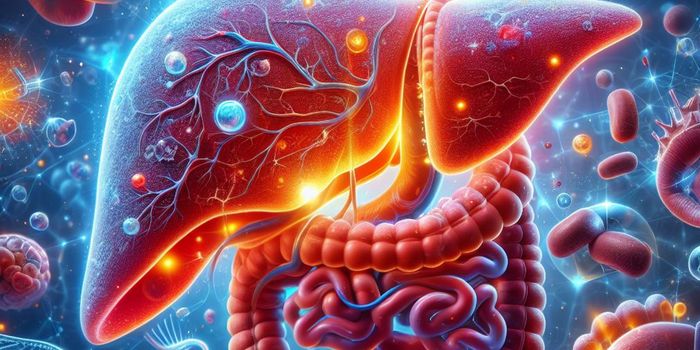A Brief Overview of Advances in Systemic Chemo for Pancreatic Cancer
Pancreatic cancer is the fourth leading cause of cancer deaths and is predicted to continue to rise in death rates reaching the second leading cause of cancer deaths by the year 2020. It is a highly malignant and metastatic disease with a 2-8% 5-year survival rate with few truly efficacies treatment options. If the disease has not spread, typically surgical resection with adjuvant chemotherapy, radiation therapy, or a combination thereof is the standard of care. If it has spread, however, systemic chemotherapy has been the hit or miss mainstay for the past decade or better. Originally, 5-fluorouracil or 5FU was the standard of care of choice for metastatic disease. When clinical trials were initiated comparing gemcitabine to 5FU, while there was very marginal difference in survival outcome, patients reported far less side effects and toxicities which lead to gemcitabine becoming the standard of care for the next several years. During this time a number of combination therapies reached clinical trials, but none that showed better efficacy until more recently.
In the last few years two additional systemic chemotherapeutic regimens for metastatic disease have proven superior to gemcitabine in clinical trials compared to gemcitabine as a single agent alone. These included a duo of gemcitabine plus nab-paclitaxel as well as Folfirinox, both which improved overall survival by several months compared to gemcitabine alone, but neither achieved survival out to a year or more. To date, no trials have compared the gemcitabine-nab-paclitaxel duo to Flofirinox to see which is the more efficacious of the two, although one might imagine these trials are being discussed already. The benefits of these two new systemic options beside the obvious improvement in survival includes the increase in response rate of patients to the agents. For both options, a larger percentage of people presenting with metastatic disease actually see benefit from therapy compared to gemcitabine where 30% or less of patients were found to have a response. The drawback to these two new options is that while they improve survival outcome and patient response rate, with this increase comes increased toxicities and side effects particularly in the categories of fatigue, neutropenia, and neuropathy.
Metastatic pancreatic cancer is a highly dismal disease, and in some ways the progress we have made is very promising. There is still a large unmet need for effective therapies in this area though that require new options and modalities. Many studies are currently underway looking into the use of immunomodulatory inhibitors, epigenetic therapies, and other targeted therapies as single agents or in combination, and additionally new methods of radiation use and delivery are being interrogated to the same extent. Many of these concepts are very promising, and will hopefully make landmark progress in clinical trials in the near future so that we can better combat this disease.
Sources: American Cancer Society, Expert Review of Anticancer Therapy, Pixabay, Youtube, OncTVlive









